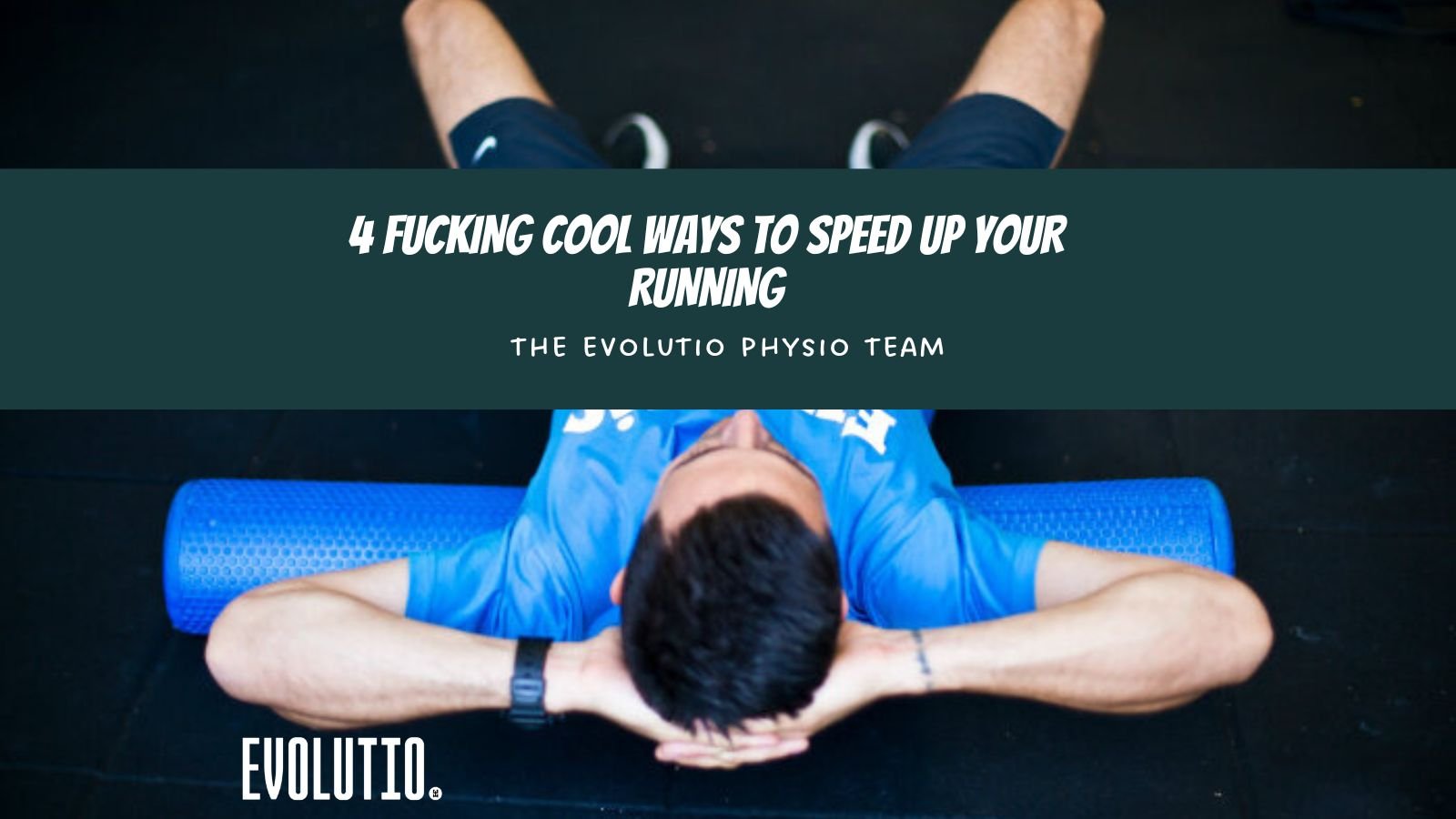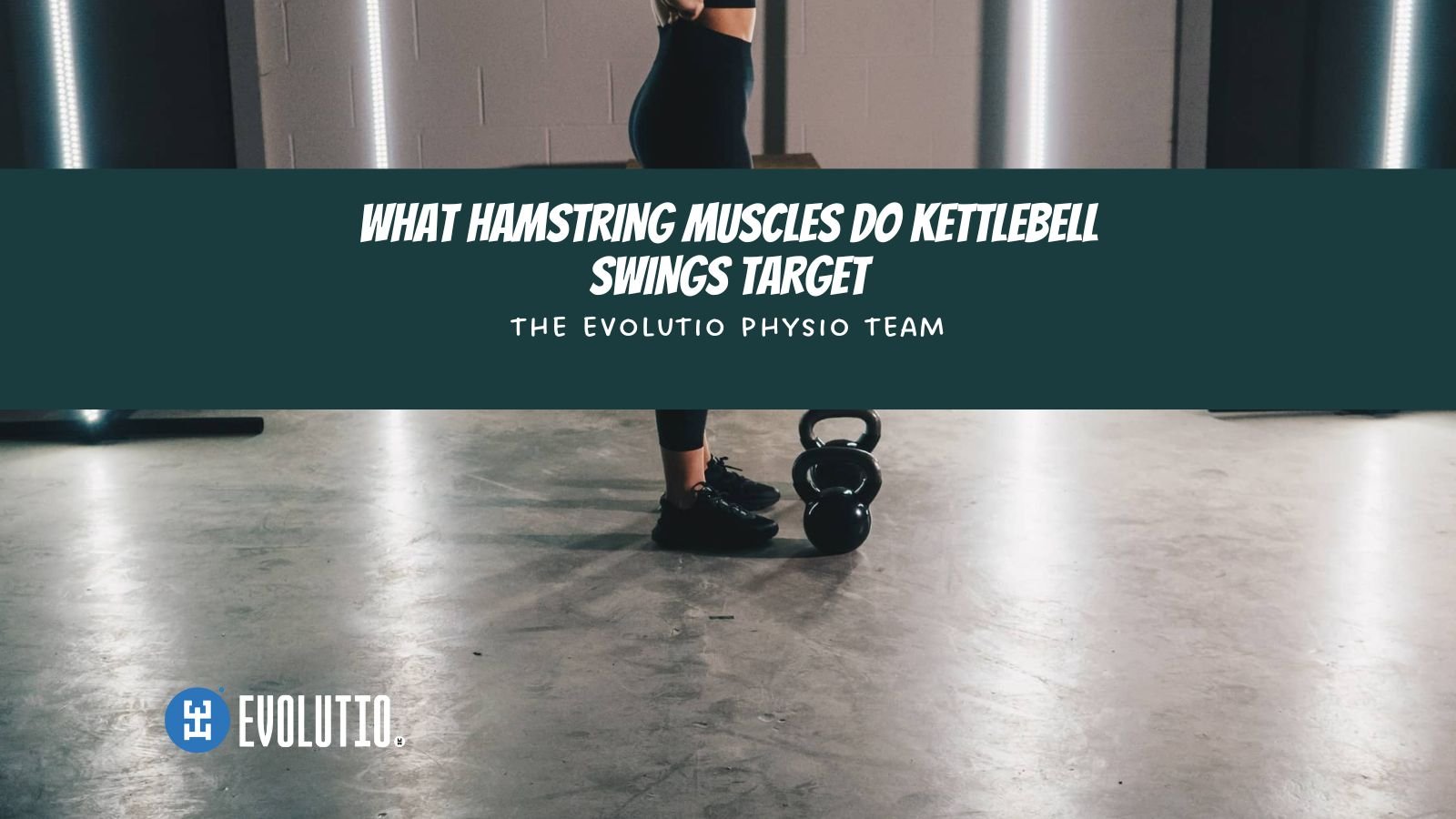
CrossFit Wrist Injuries: Prevention & Treatment Guide
Wrist pain affects up to 25% of CrossFit athletes and can turn your favorite WODs into torture sessions. Whether it's shooting pain during front squats, aching handstand holds, or that stabbing sensation when catching cleans, wrist injuries are among the most frustrating setbacks in functional fitness.
As a physiotherapist who's treated CrossFit Games athletes and Olympic gymnasts for over 15 years, I've identified the 7 most common wrist injuries that plague CrossFit athletes. The good news? Most are completely preventable when you understand what's happening in your joint.
In this comprehensive guide, you'll discover:
The 7 most common CrossFit wrist injuries and their warning signs
Why traditional "rest and ice" advice often makes things worse
3 simple prevention exercises that stop 80% of wrist problems
Exact treatment protocols and return-to-training timelines
When to self-treat vs. when to see a physiotherapist
The two injuries I see most often—dorsal wrist impingement and scaphoid impaction syndrome—can sideline you for months if ignored. But catch them early, and you could be back to pain-free training in just 2-3 weeks.

Hip Extensor Muscles: Complete Anatomy Guide + Best Strengthening Exercises (2025)
Hip extensor muscles are a group of four powerful muscles that straighten your hip joint by moving your thigh backward. These muscles are essential for walking, running, jumping, standing up from chairs, and maintaining proper posture throughout daily activities. The 4 main hip extensor muscles are: - Gluteus maximus - The largest and most powerful hip extensor muscle in your buttocks - Biceps femoris - The outer hamstring muscle at the back of your thigh - Semitendinosus - The inner hamstring muscle - Semimembranosus - The deep hamstring muscle The gluteus maximus is the primary hip extensor and the most powerful muscle responsible for hip extension, generating up to 3 times your body weight in force during explosive movements. The hamstring muscles work as secondary hip extensors, supporting the glutes during movement. Strong hip extensors are vital for athletic performance, injury prevention, and daily function. Weak hip extensor muscles can lead to lower back pain, poor posture, and reduced mobility. This comprehensive guide covers hip extensor anatomy, function, common problems, and the best strengthening exercises to optimize your hip health.
![Tensor Fasciae Latae Pain: Complete Treatment Guide [2025]](https://images.squarespace-cdn.com/content/v1/63b4d199064e6e3647cb1e49/1689824859839-BXOIDH6EDOOXJ8BK990T/stickers+evolutio-16.png)
Tensor Fasciae Latae Pain: Complete Treatment Guide [2025]
Struggling with persistent hip pain that doesn't respond to typical treatments? The culprit might be your tensor fasciae latae (TFL)—a small but mighty muscle that can cause big problems when it's not functioning properly. Our comprehensive guide covers everything from TFL hip pain and syndrome identification to trigger point release techniques and professional treatment options. Written by Melbourne's experienced sports physiotherapy team, this is your complete roadmap to understanding and overcoming TFL issues.

4 Exceptional Ways to Speed Up Your Running
Love it or hate it, running appears in much of our regular exercise regimes.
Be it short and sharp (in a WOD), fast and explosive (in sports) or even long and arduous (training for an endurance event) we can’t deny that being more efficient at running will not only improve performance and reduce the risk of injuries but also make it a hell of a lot more enjoyable.

5 Wicked Drills to Improve Ankle Mobility
As the forgotten and neglected uncle of the leg family, the ankle is a joint as detailed as any in the body. Containing 26 bones, 33 joints and over 100 muscles, ligaments and tendons it's clearly not as simple as it may look.
What we need is a concoction of mobility drills, proprioceptve drills and stability drills to nail all facets, important in getting our ankle ready for training.

What Muscles do Kettlebell Swings use?
The kettlebell swing is a staple exercise of CrossFit training or everyday strength and conditioning work; one that places great demands on the muscles of our posterior chain.
More specifically, a study submitted through the British Journal of Sports medicine in 2013 noted that kettlebell swings use predominately hamstring muscles, however they actually target semitendinosus, the medial, inner hamstring over the lateral biceps femoris, with higher levels of Electromyographic (EMG) activity noted through the skeletal muscles.

Technique is King - or is it ??
If you’ve ever done any of the exercise, it’s likely that you’ve heard the phrase “technique is King” (or similar).
I’d like to play the devil’s advocate here, just to question whether our fetish with form has missed the point. Maybe it hasn’t - I’m happy to be wrong on this one.
I feel like culture around technique has drifted so far out of context that it’s more like the Emperor’s new clothes. It seems to have devolved into a lot of mansplaining dweebs stipulating narrower and narrower terms and conditions on any movement and trolling any differing perspective until everyone’s too tired of the criticism to step out and say “Oi! Maybe there’s a bit more to it than that.”

5 Exercises to Improve your Cleans and Snatches
You train hard, you press most days and squat like a Bulgarian but you’re still not seeing the improvements you would expect? Or do you have issues with certain lifts that you just can’t iron out?
It’s likely that there is a weakness within the kinetic chain that just isn’t up to par. Remember a chain is only as strong as its weakest link.
